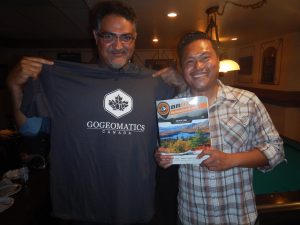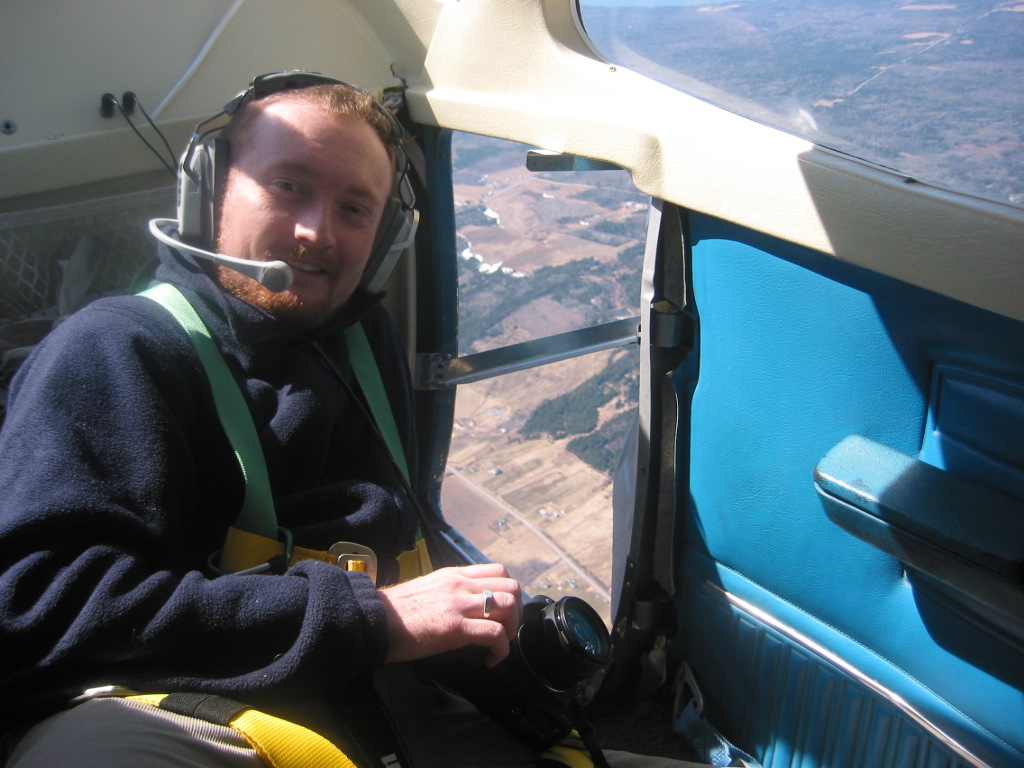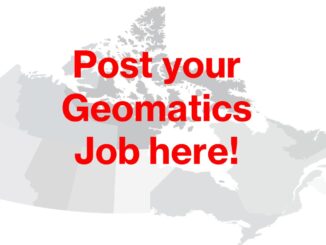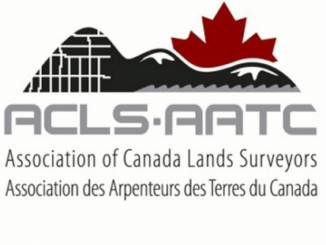

For the last social of 2017 GoGeomatics and the Canadian Remote Sensing Society are coming together again this year to throw our Christmas social. This is a fun free open social networking event the Ottawa Geospatial community is invited to join.
We get a private room in the basement at the James St Pub. Bring your Holiday cheer!
As a special treat this year we will be taking a look at the work of Regie Alam, President ASG Mapping Ltd and Saeid Homayouni, Ph.D., IEEE SM Senior Research Associate with LAGGISS lab. The two will do a presentation on their experience this past summer on the use of UAVs in Precision Agriculture and in phenomics research.
Phenomics is an area of biology concerned with the measurement of phenomes (a phenome is the set of physical and biochemical traits belonging to a given organism) as they change in response to genetic mutation and environmental influences.
Where: James Street Pub 390 Bank St. (corner Bank and James)
When: Monday, December 11, 2017, 6:30 PM
There will be free snacks like nachos and wings for everyone to share. Free parking is available at the back of the pub.
Use our Meetup Group to RSVP and let us know you are coming. 
Here is an abstract of the talk that will be presented:
Use of Unmanned Aerial Vehicles (UAVs) in Precision Agriculture and in phenomics research

Human population is forecasted to increase to 9 billion by the year 2050. It is important to increase food supply by 50-70% by this period to meet the global food demand. However, this must be done in a manner that does not negatively affect the integrity of the environment. Factors that prevent increased food supply include climate change (unpredictable and more extreme weather patterns), environmental degradation, and loss of productive farmland. Factors that can negatively affect the environment include heavy use of farm inputs (fertilizers, pesticides) resulting in decreased pollinator populations, algal blooms, and pesticide resistance. Demographic factors also play a role with fewer and older farmers operating farms that are increasingly larger in size.
Precision Agriculture and the emerging field of phenomics (using high-throughput phenotyping techniques) can be useful in mitigating the effects of the factors listed above. Global Navigation Satellite Systems (GNSS) and Remote Sensing are geospatial technologies that enable the use of Precision Agriculture and phenomics. Traditional remote sensing platforms such as satellite systems and manned aircraft have been used in agriculture for the last few decades. The last few years have shown an increasing interest in the use of Unmanned Aerial Vehicles (UAVs) as a platform for carrying a variety of sensors such as high-resolution RGB cameras, multispectral cameras, and thermal cameras. Engineers are also designing and building UAV platforms that can carry larger sensors such as hyperspectral, LiDAR, and passive radiometer.
UAVs present substantial advantages in agriculture applications in terms of time, cost, precision for both the farmer and the crop scientist conducting research in phenomics. UAV platforms allow for the collection of valuable data over small and medium-sized areas. Vegetation Indices (e.g., NDVI, NDRE, EVI) collected weekly can provide high-resolution (better than 10-cm) information on the vigour of the crops within a field. Crop height can also be extracted from the data and can be used for biomass calculations. Farmers can use this information to optimally manage the application of fertilizers and pesticides. Crop scientists can use this information to design better crop hybrids suitable for specific conditions.
For the December joint GoGeomatics Ottawa and CCRS-Ottawa event Dr. Saeid Homayouni (University of Ottawa) and Regie Alam (ASG Mapping Ltd) will do a presentation on their experience this past summer on the use of UAVs in Precision Agriculture and in phenomics research.







Be the first to comment